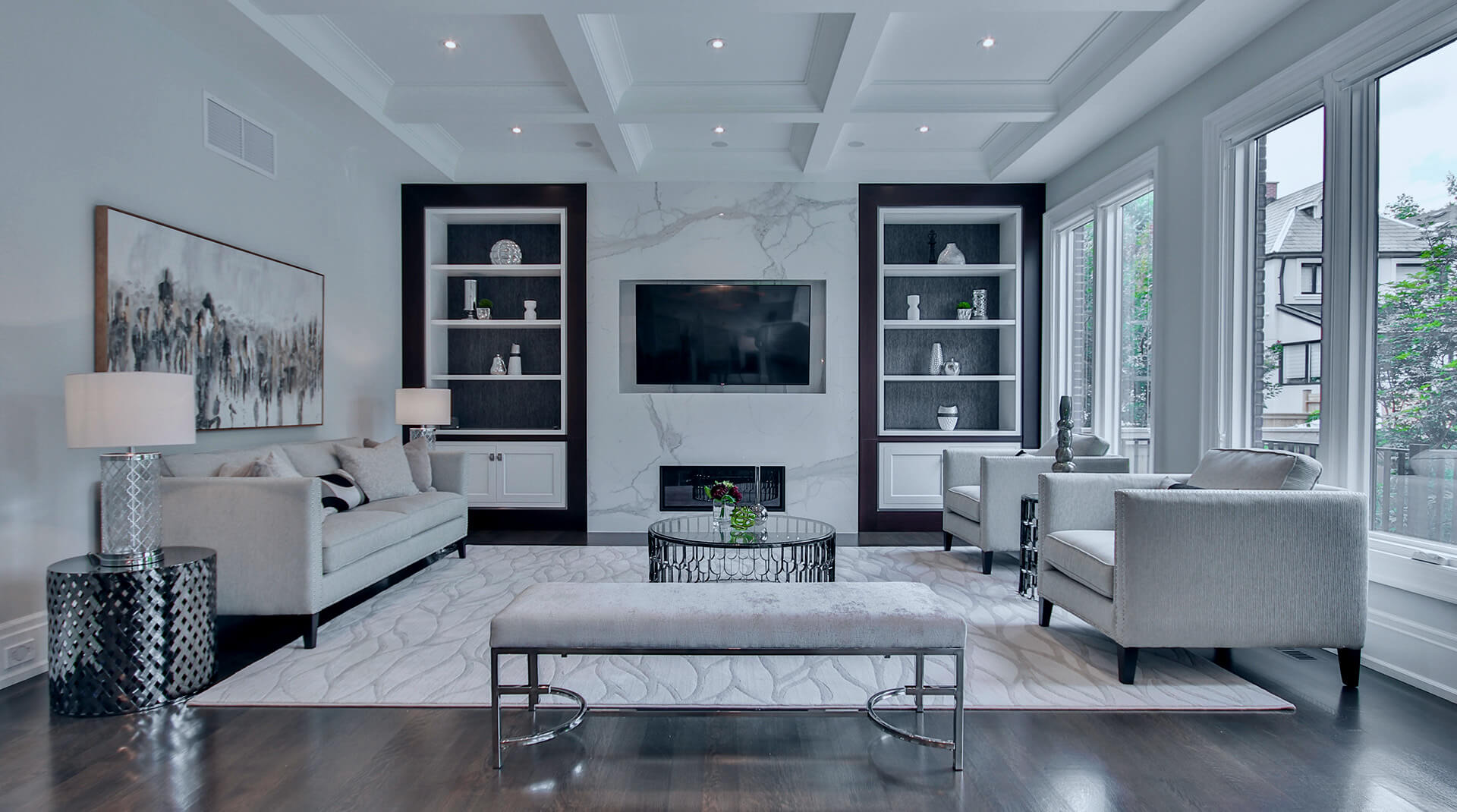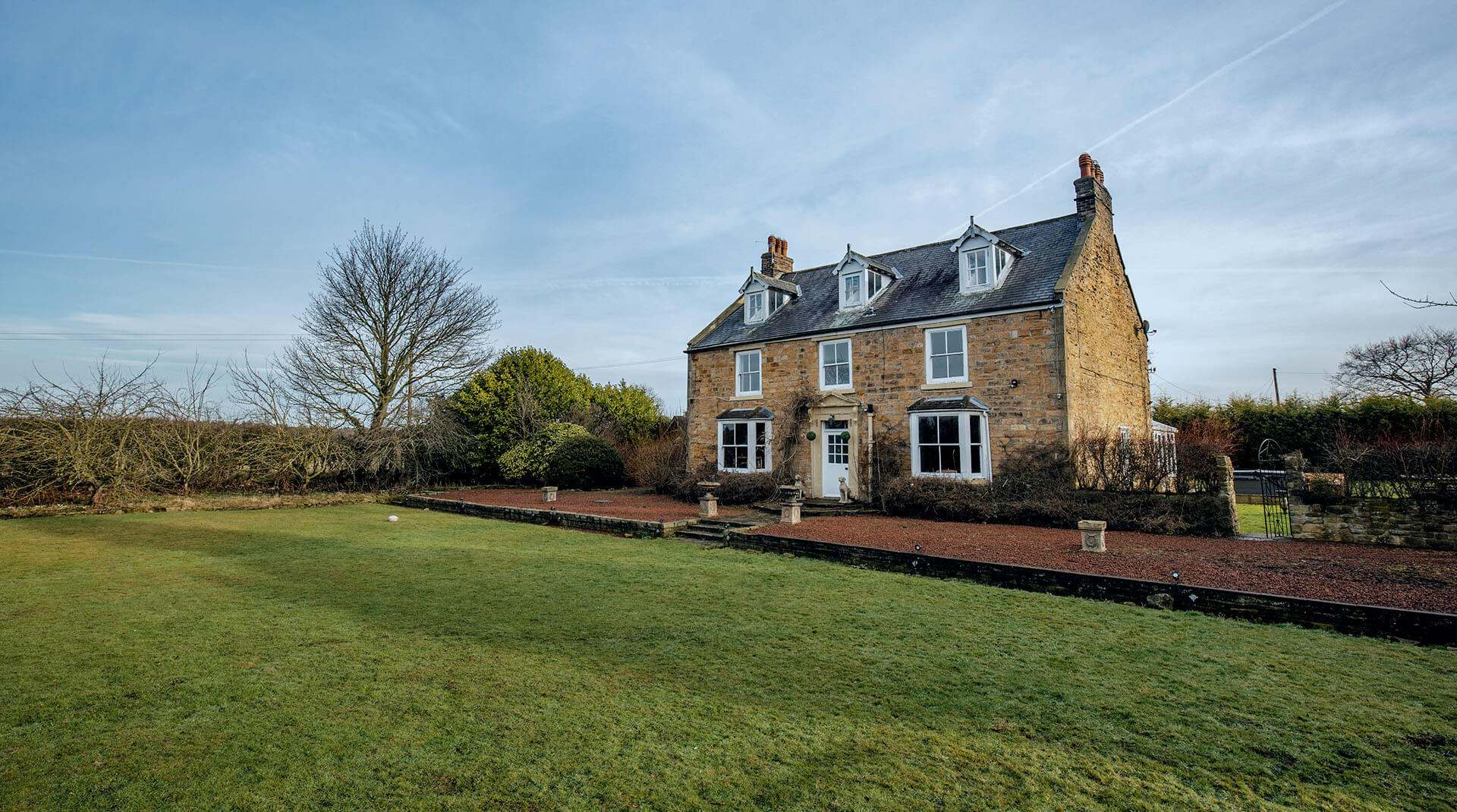13th September 2018 | Asha Ngai | Residential Property
The catastrophic fire that led to the loss of many lives at Grenfell Tower has raised awareness of the dangers of building cladding. Buyers and tenants should, with the help of their lawyers, understand these dangers and know what to... Read more
The catastrophic fire that led to the loss of many lives at Grenfell Tower has raised awareness of the dangers of building cladding. Buyers and tenants should, with the help of their lawyers, understand these dangers and know what to do if any cladding exists in the building they want to live in.
According to estimates, around 600 private buildings still have the covering used on the Grenfell Tower, known as aluminium composite material (ACM) cladding.
Before the tragedy, most people were unaware of the hazards lying in this aesthetic aspect of many UK tower blocks. But the subsequent inquest has exposed the fire safety dangers associated with these materials and raised questions about the regulations around the use of cladding.
Some flats in Greenwich saw their values decrease after such cladding was found to exist in the building.
There is also concern that landlords of private tower blocks are trying to hide the presence of such cladding because it might cost them a lot to replace it. For example, the original developer of a Croydon high-rise building paid £2 million to replace cladding after failing to reach an agreement with the property manager, residents and the government.
Important questions
In this context, it is important for property lawyers to make enquiries about cladding on behalf of flat buyers and tenants. During a purchasing process, we should be asking the management company or freeholder to confirm what type of cladding exists in the building as part of our standard enquiries.
If cladding work is undertaken, we should also check with the local authority that such works comply with building regulations and building controls. A survey will determine if there is cladding, so we should also ask the surveyor about this before committing to a purchase.
The management company or freeholder will also reply to leaseholder enquiries and provide information on fire risk assessments that have taken place. So we should also ask about these assessments and the recommendations made. These reports will also have details of any works undertaken in the last three years and details of any proposed future works.
The terrible events of Grenfell have made sure that building fire safety regulations are now firmly under review and on the government’s agenda. The clear message to buyers and tenants is to make sure they are aware and informed about the structure and safety regulations of the property before committing themselves.
To find out more, please contact Asha Ngai.


